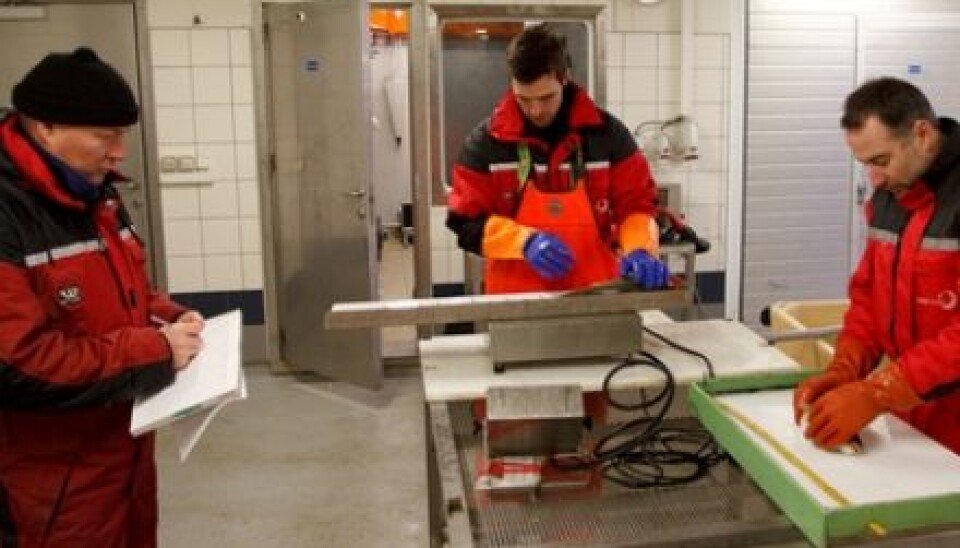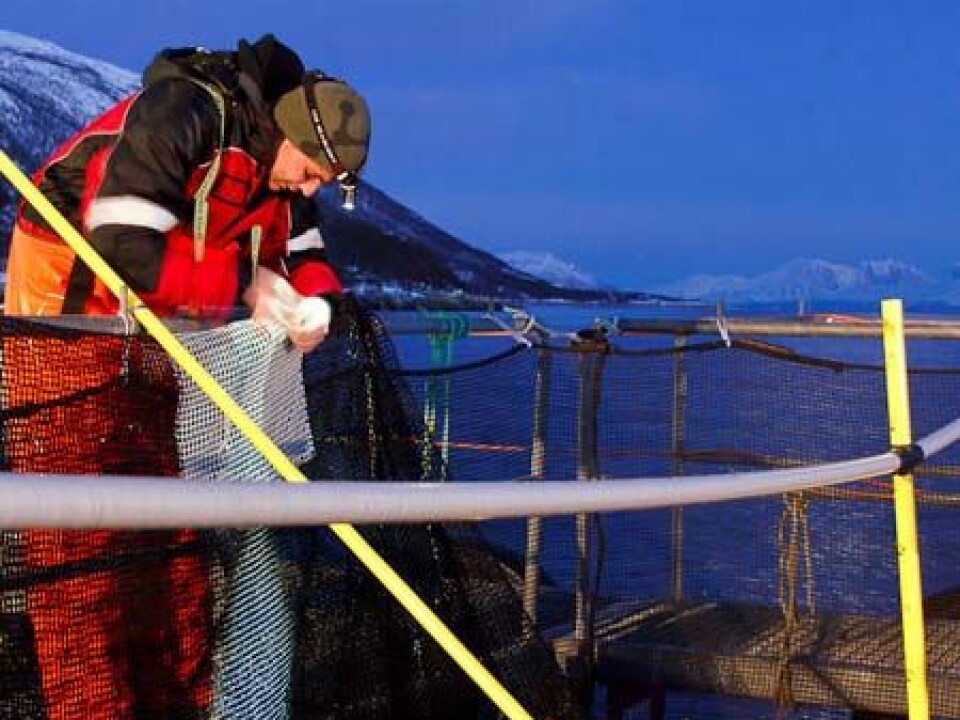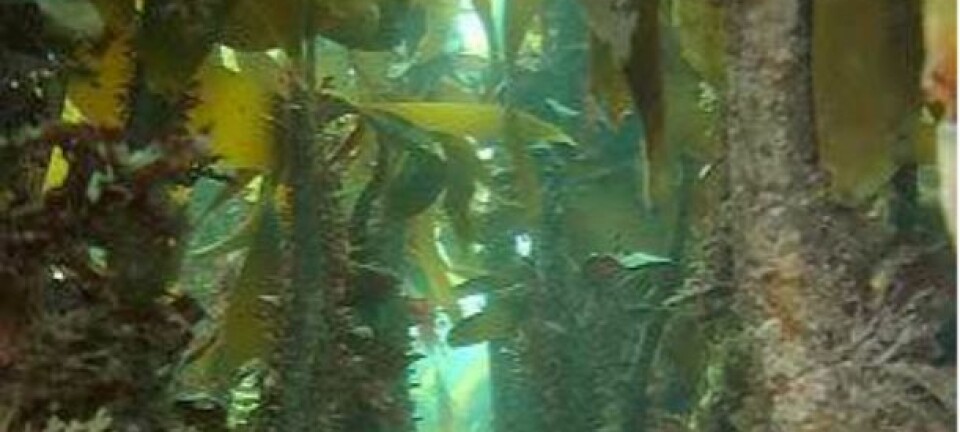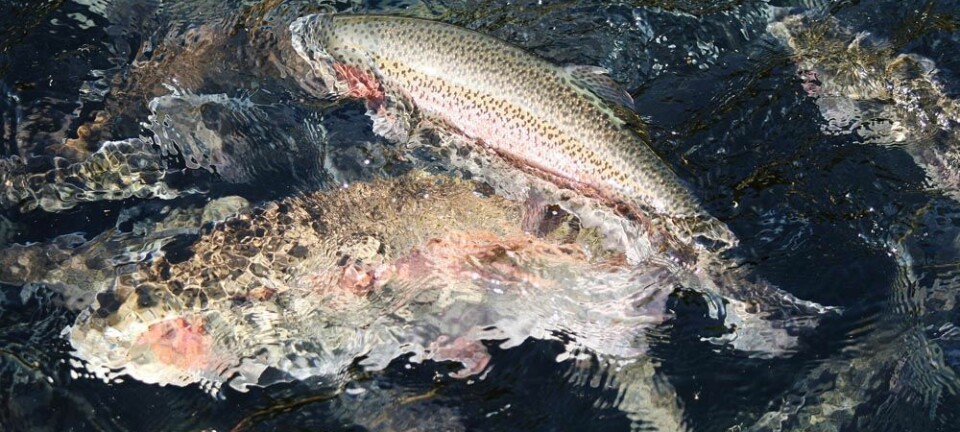This article was produced and financed by Nofima The Norwegian Institute of Food, Fisheries and Aquaculture Research

Helping farmers improve fish welfare
How can injuries and deformities in farmed fish be reduced? Scientists aim to improve practical and state-of-the-art knowledge on this matter.
Denne artikkelen er over ti år gammel og kan inneholde utdatert informasjon.
Fish farmers and capture-based aquaculturists constantly strive to improve their production practices, with the specific aims of improving production efficiency, product quality and fish welfare.
“These aims are not mutually exclusive. By optimising production, farmers can also improve fish welfare,” says Chris Noble, senior scientist at The Norwegian Institute of Food, Fisheries and Aquaculture Research (Nofima).
Researchers, producers and consumers are increasingly interested in fish welfare, and this has led to numerous improvements in daily husbandry practices.
These production practices not only improve the lives of farmed fish, but also improve the quality of fish further down the value chain. In addition, producers who implement these practices are increasingly rewarded in the market place, such as gaining additional price premiums.
User-friendly solutions

As part of an EU COST initiative on fish welfare, four scientists from Nofima teamed up with partners in Canada, the UK, Australia and Spain to sum up how producers can eliminate or combat factors that lead to injuries and deformities in farmed fish.
The result is a review paper which collates the latest findings and provides producers with state-of-the-art knowledge on the subject, bringing together research from over 175 scientific publications.
The paper provides producers with operational solutions a range of farmed species through the production cycle.
The aim is to help farmers identify risk factors for injury during the production cycle and also to highlight any practices that could reduce or mitigate these risks.
The scientists focused on external injuries to the mouth, eye, epidermis and fins. They also covered topics such as feed management, nutrition, handling and live transport.
A related paper, focusing on internal injuries is planned for 2013.

































